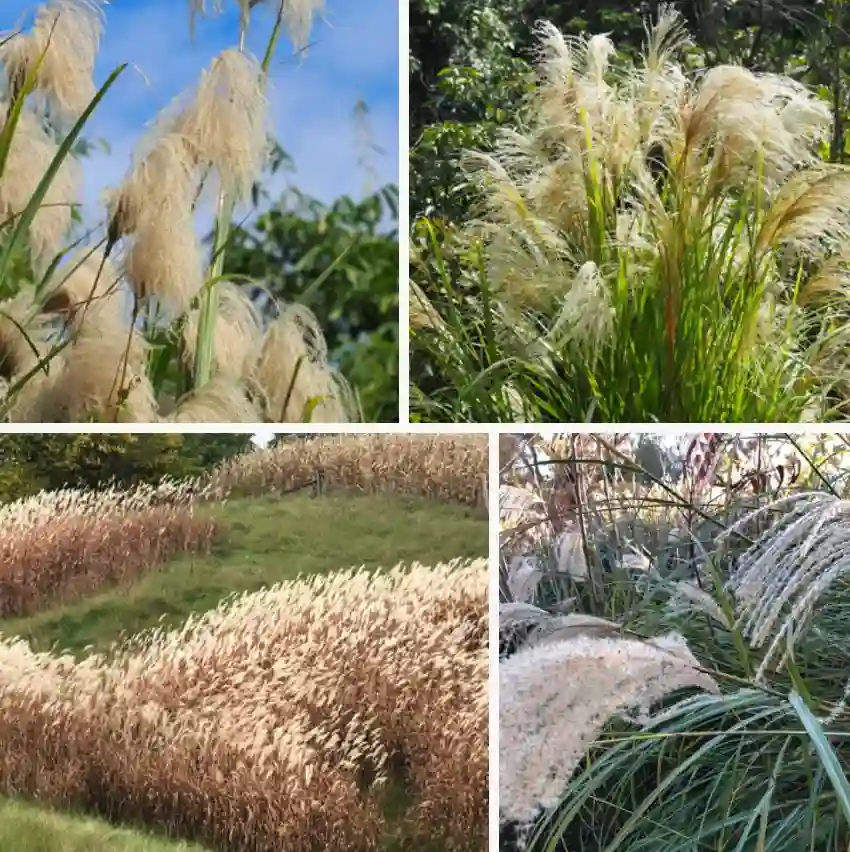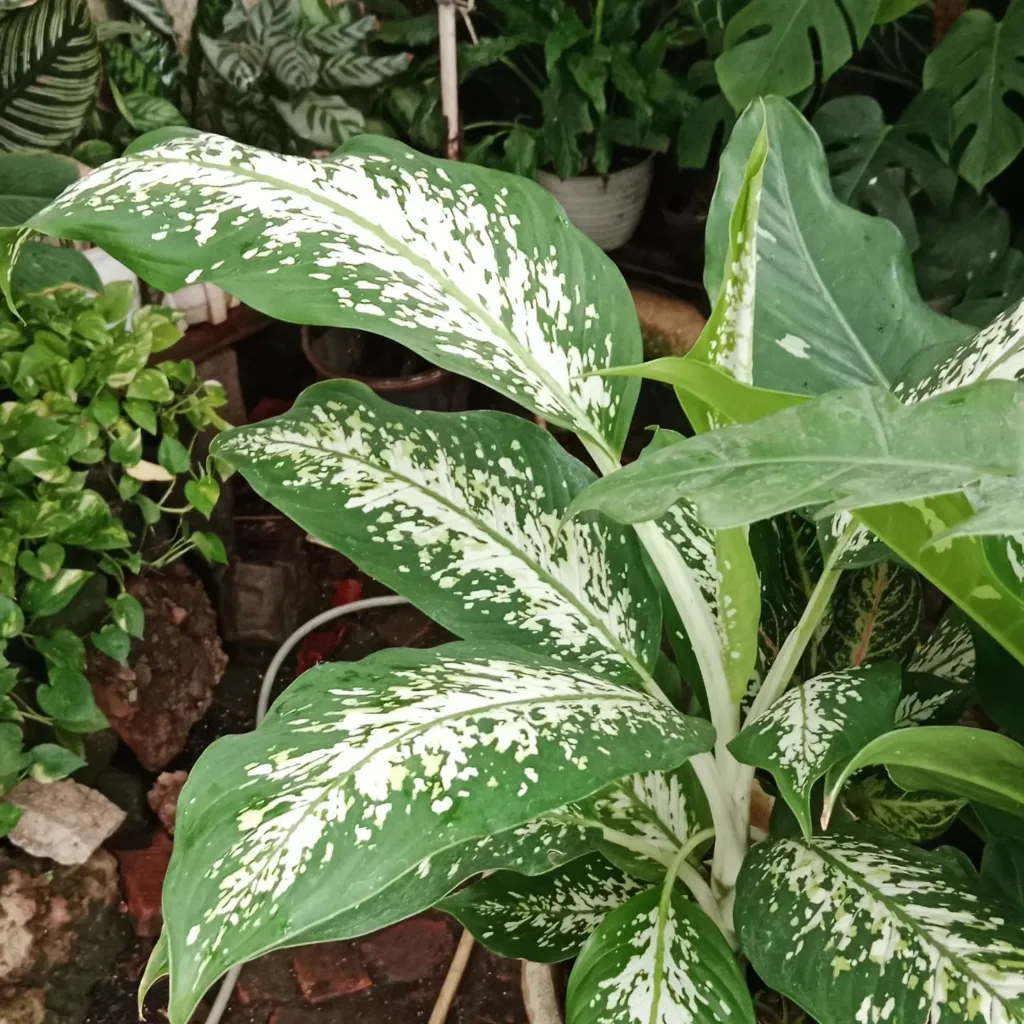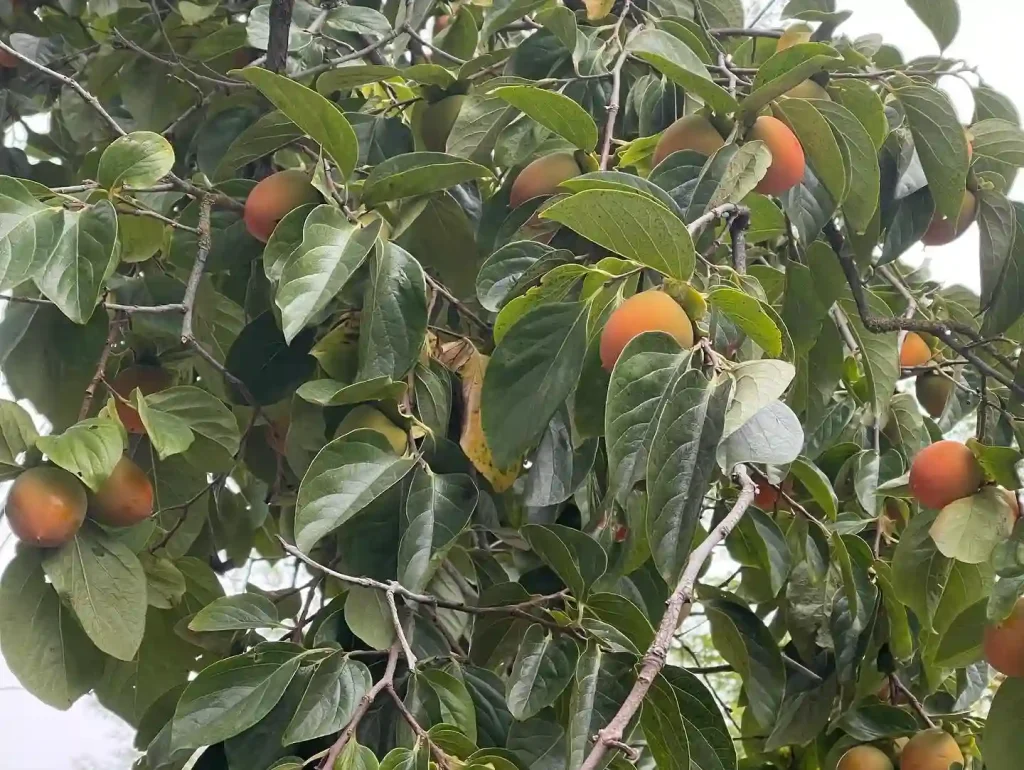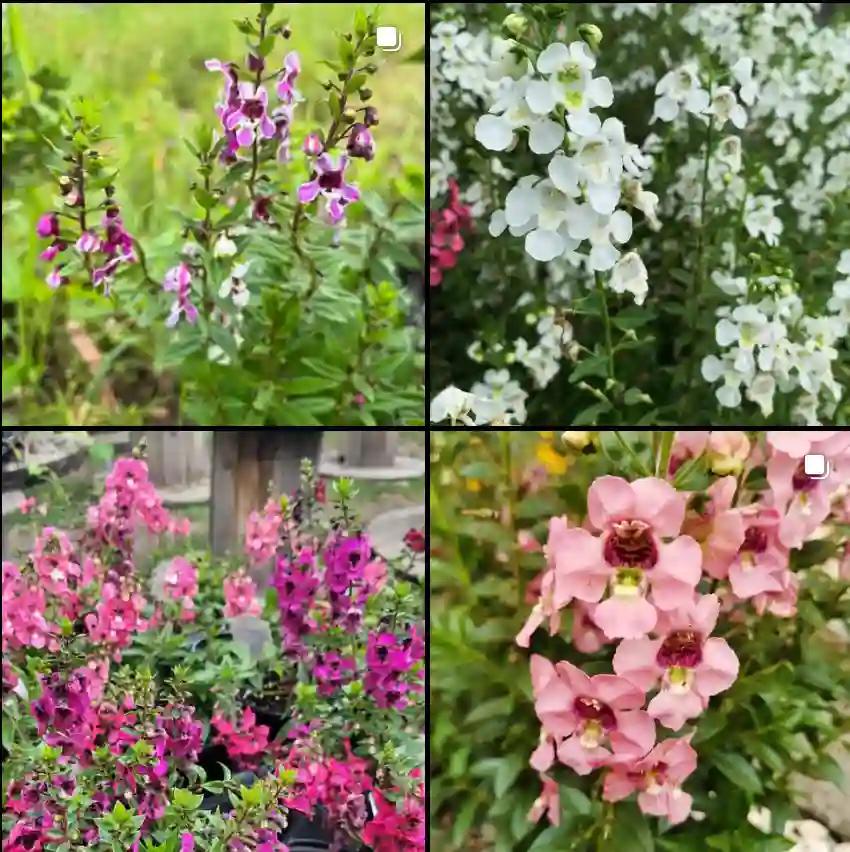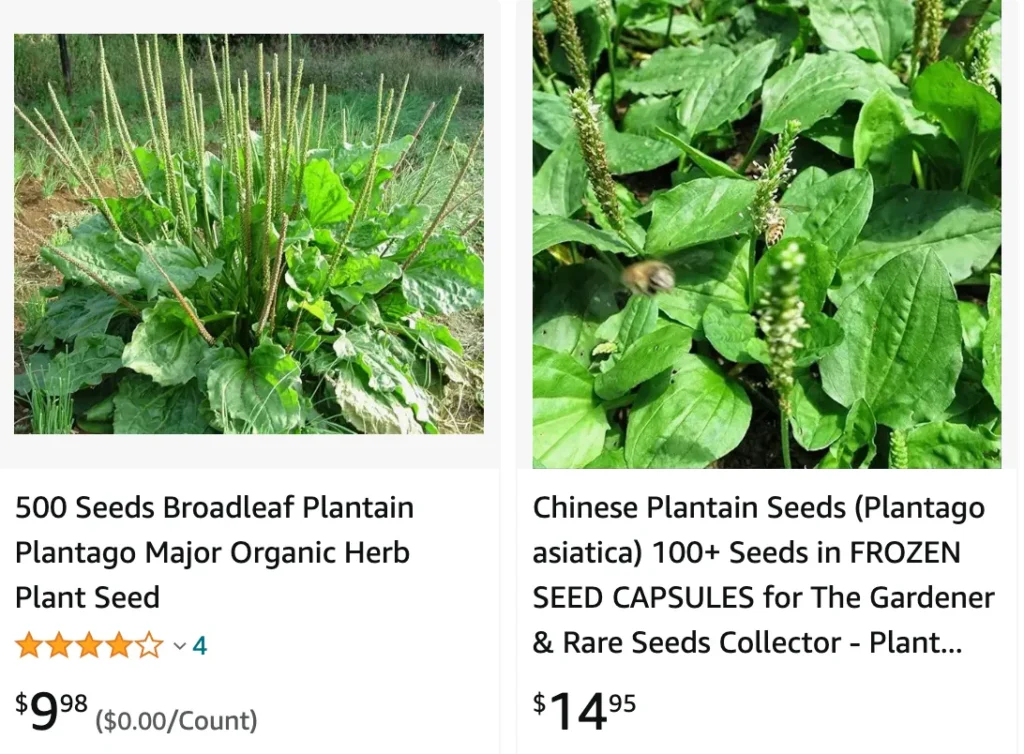
Unveiling Plantago Asiatica: A Resilient Friend from the East
For years, I’ve been fascinated by the tenacity of weeds. They sprout through cracks in sidewalks, stubbornly reclaim neglected corners, and thrive in even the harshest conditions. One such weed, Plantago asiatica, recently piqued my curiosity. This unassuming plant, native to East Asia, boasts a surprising range of uses, from culinary delights to potential medicinal benefits.
246 Species in Genus Plantago
What is Plantago Asiatica?
Plantago asiatica, also known as Asian Plantain or Creeping Plantain, is a perennial herb belonging to the Plantago genus. Imagine broad, ribbed leaves radiating from a central point, forming a low-growing rosette. This is the signature look of Plantago asiatica. Inconspicuous white flowers appear on slender spikes during summer, eventually giving way to small, oval-shaped capsules containing tiny black seeds. While often considered a weed, Plantago asiatica possesses a hidden charm and a long history of use in traditional medicine.
Plantago Asiatica vs Plantago Ovata
Between Plantago Asiatica and Plantago Ovata, I found that Plantago Asiatica has broader leaves and feels more soothing for minor skin irritations, while Plantago Ovata’s smaller seeds work wonders as a natural fiber supplement in my diet.
A History of Use in Traditional Medicine
For centuries, various cultures across East Asia have revered Plantago asiatica for its purported medicinal properties. In Chinese medicine, for example, the dried leaves are used in herbal teas to treat coughs, respiratory infections, and urinary tract issues. The seeds are also believed to be beneficial for conditions like diarrhea and conjunctivitis.
It’s important to remember that these uses are based on traditional practices and haven’t been extensively studied in modern clinical trials. While some research suggests potential benefits, more investigation is needed to confirm its efficacy and safety.
Beyond Medicine: Culinary Applications of Plantago Asiatica
The versatility of Plantago asiatica extends beyond the realm of medicine. The young leaves, with their slightly bitter flavor, can be enjoyed raw in salads or lightly cooked as a side dish. They add a unique dimension to stir-fries or soups, offering a welcome textural contrast and a subtle nutritional boost.
In Japan, the leaves are sometimes pickled or used to make a refreshing tea. The seeds, on the other hand, can be ground into flour and incorporated into baking recipes, adding a nutty earthiness. It’s worth noting that the taste can be quite strong, so a little goes a long way.
How to Care for Plantago Asiatica?
If you’re interested in cultivating Plantago asiatica in your own garden, you’ll be pleased to know it’s a remarkably low-maintenance plant. It thrives in full sun to partial shade and adapts well to a variety of soil types, although well-drained soil is preferred.
Watering needs are minimal, as Plantago asiatica is quite drought tolerant. In fact, overwatering can be detrimental. Simply water when the top inch of soil feels dry to the touch. This resilient plant tolerates cold temperatures well and can even survive mild winters.
How to propagate Plantago Asiatica?
Sharing the bounty of your garden is a rewarding experience. Luckily, propagating Plantago asiatica is a breeze. The plant readily self-seeds, so you’ll likely find new volunteers popping up around the original plant.
Alternatively, you can collect the mature seed capsules and sow the tiny black seeds directly into the ground in early spring or fall. Keep the soil moist until germination occurs, which typically takes about two weeks.
Companion Planting with Plantago Asiatica
While Plantago asiatica might be considered a weed by some, it can actually be a beneficial addition to your garden. Its shallow root system makes it a good companion for taller plants that require deeper soil space. Additionally, the low-growing rosette can help suppress weeds by shading the ground.
Consider planting Plantago asiatica alongside herbs like rosemary, thyme, or oregano. Its presence can deter certain pests like aphids or spider mites that might otherwise target your more delicate herbs.
By incorporating Plantago asiatica into your garden, you’re not just adding a touch of resilience, you’re also welcoming a versatile friend with a rich history and the potential to enhance your meals and well-being. Just remember, always consult with a healthcare professional before using any plant for medicinal purposes.
If i die, water my plants!
